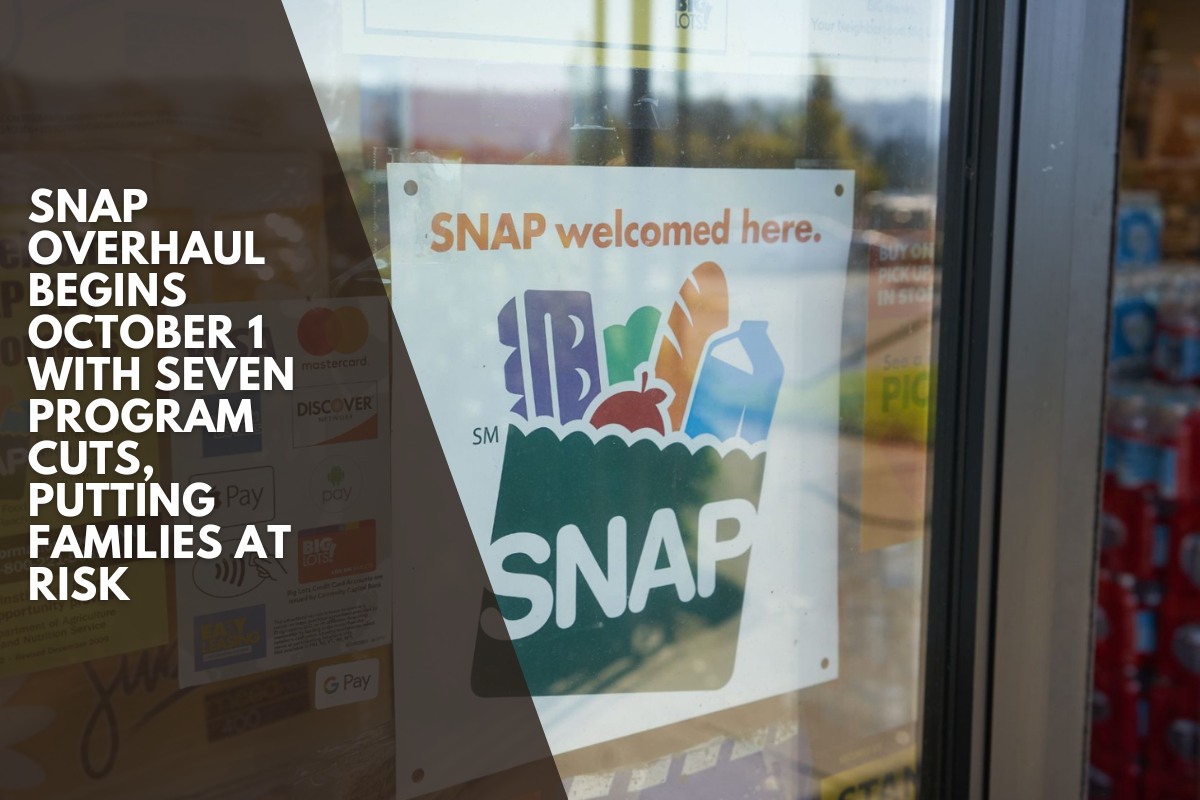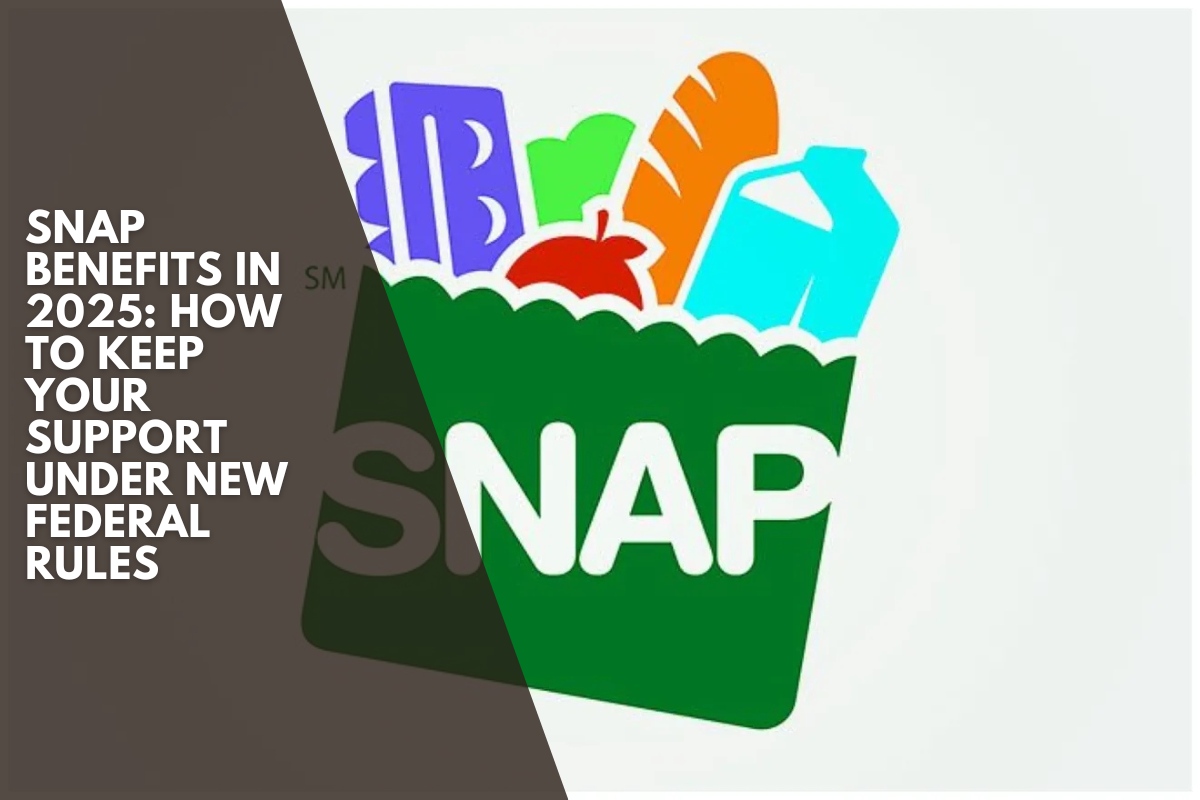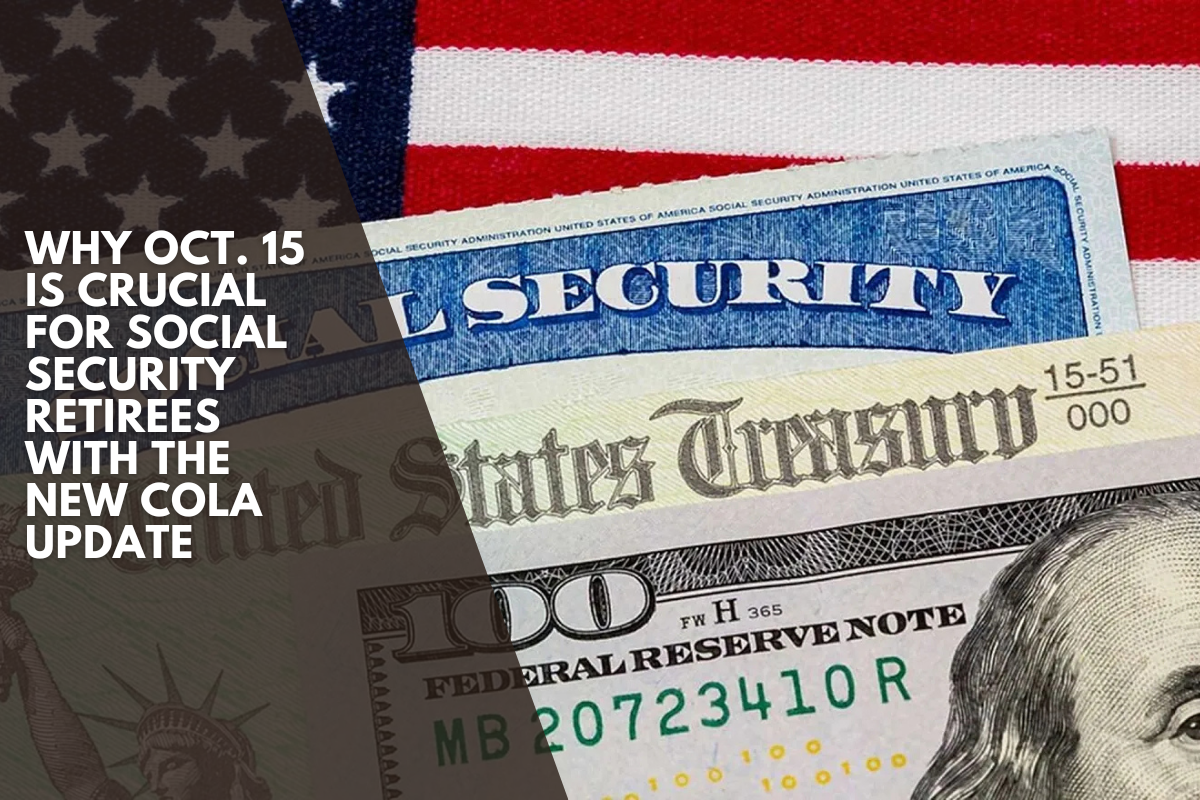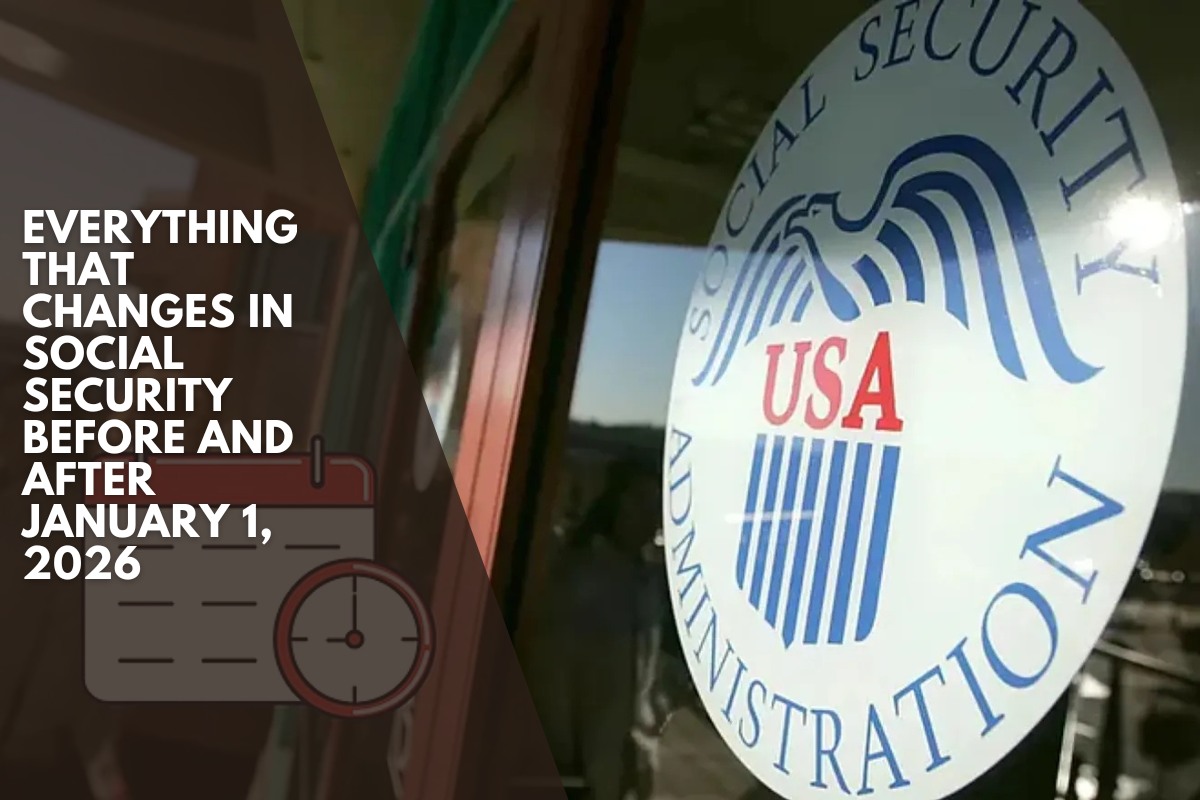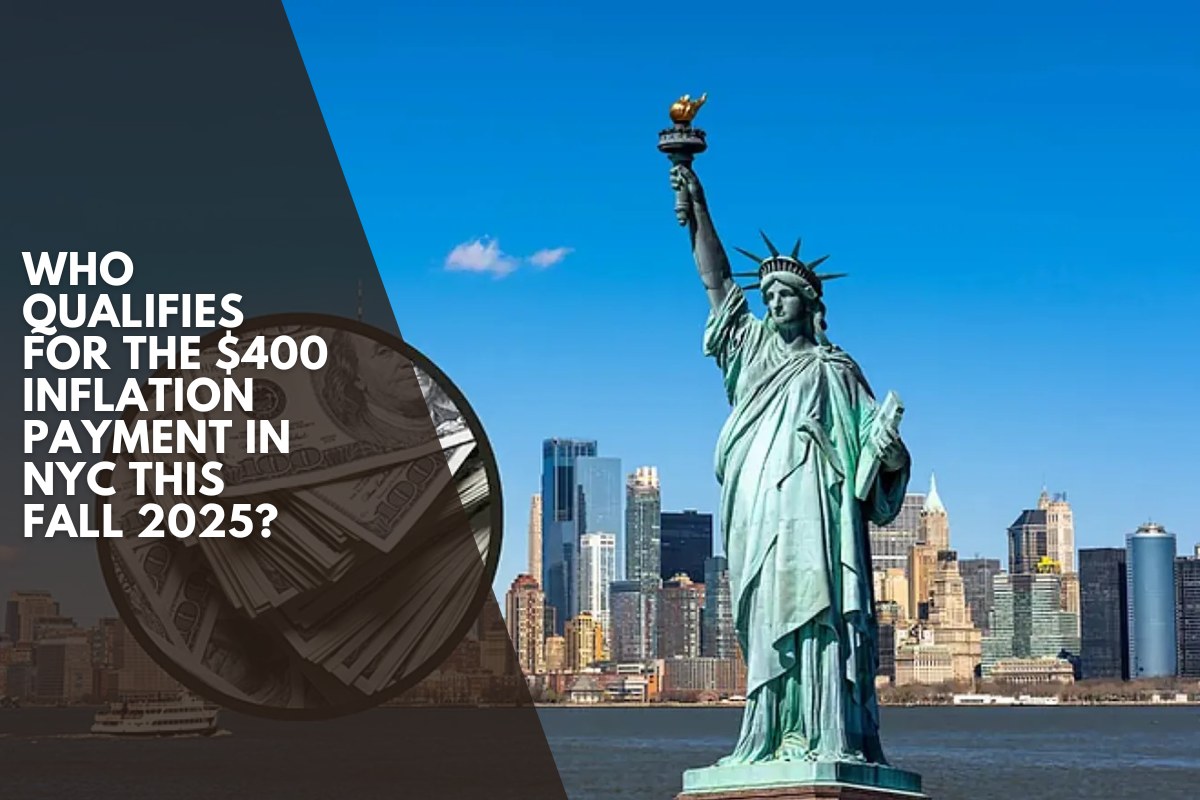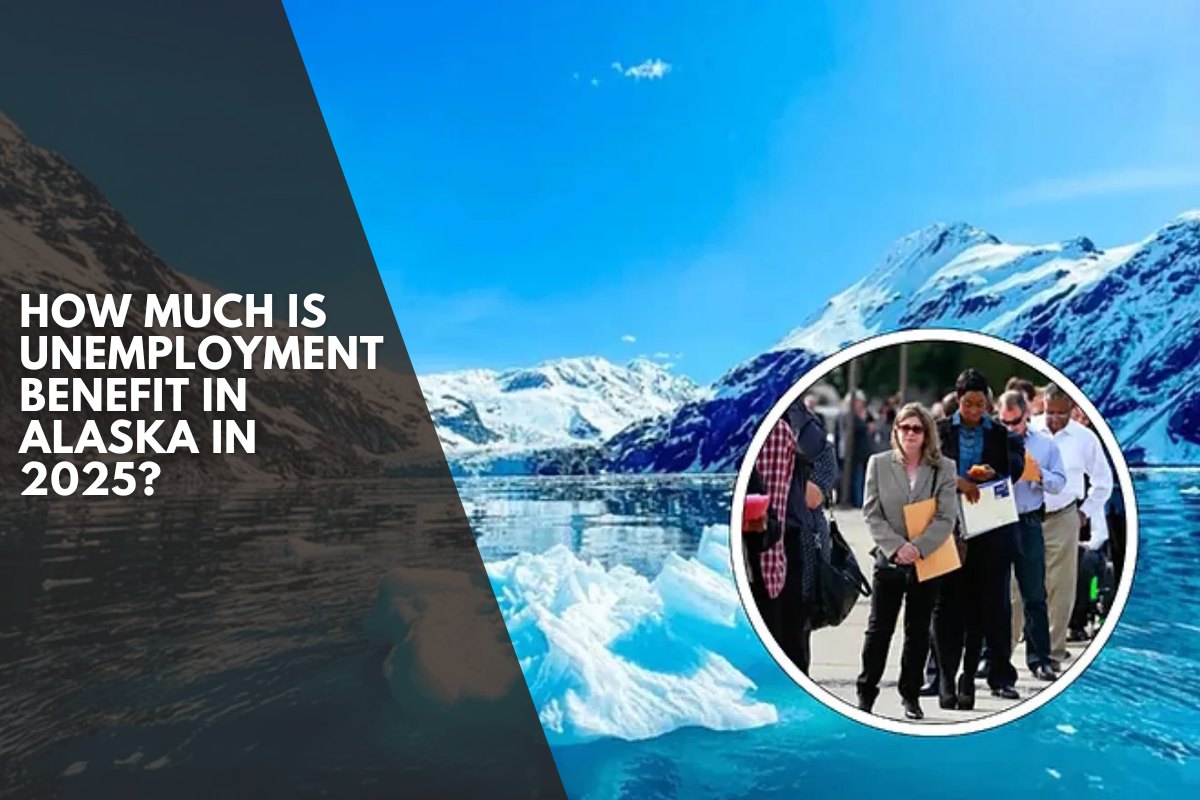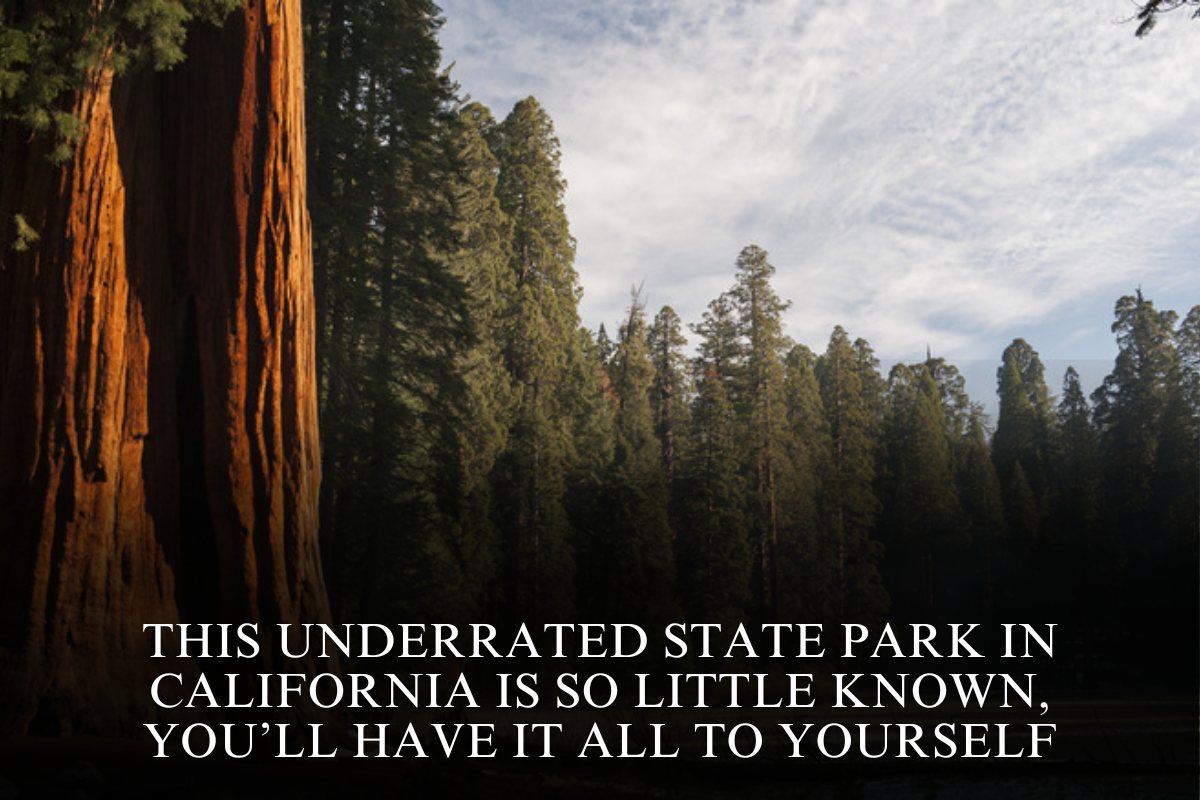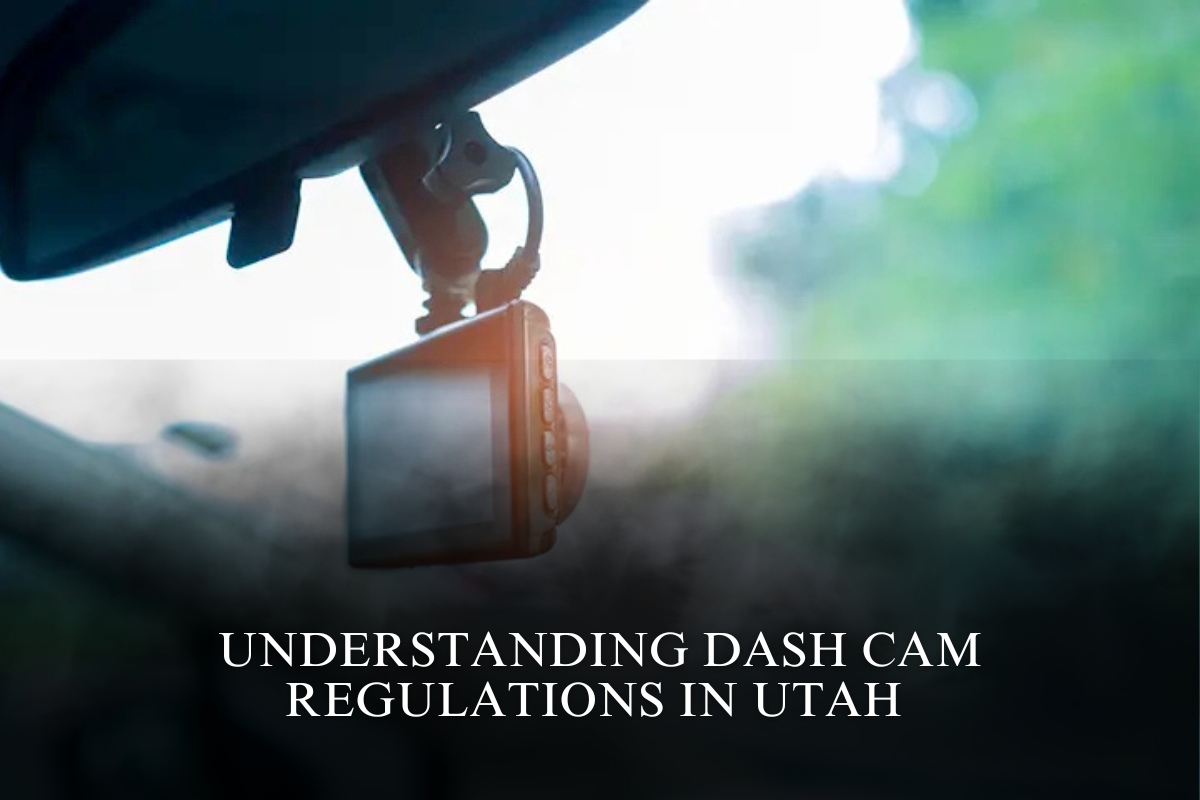SNAP benefits, also called food stamps, are a lifeline for over 40 million Americans, including working families, disabled people, seniors, and children. These benefits often mean the difference between having a proper meal or going hungry. But a new law, passed in 2025, might change everything.
The One Big Beautiful Bill Act (OBBBA) is bringing strict new rules and deep funding cuts that could affect millions of people. Experts are calling this the biggest shake-up in decades—and the poorest families are likely to suffer the most.
Let’s take a closer look at what’s changing, who might lose benefits, and how the new law will work.
What Is the OBBBA and Why Does It Matter?
The OBBBA is a new law that changes how states manage the SNAP program. Right now, the federal government pays for the entire cost of SNAP. But under the new law, states with high error rates in SNAP payments must now share the cost.
Here’s how it works:
States with error rates under 6%: Pay nothing
6–7.99%: Must pay 5%
8–9.99%: Must pay 10%
10% or higher: Must pay 15%
For states like New York, where error rates are high (nearly 25%), this could cause huge problems. They may have to cut benefits or even leave the SNAP program, affecting millions of people.
New Work Requirements for SNAP
The OBBBA also makes it harder to qualify for SNAP if you’re not working. These changes mainly affect able-bodied adults without dependents (ABAWDs).
What’s new:
The age limit for work requirements rises from 54 to 64
Parents lose exemptions once their child turns 15 (previously it was 18)
Exemptions for veterans, homeless people, and foster youth are removed
This means nearly 270,000 people could lose benefits if they can’t prove they’re working at least 20 hours a week. For those dealing with mental health issues or housing problems, meeting these rules can be very difficult.
SNAP Cuts: $300 Billion Over 10 Years
The Congressional Budget Office (CBO) estimates that this new law will reduce SNAP spending by $300 billion over the next ten years. Some key parts of the cuts include:
Freezing SNAP benefit increases, meaning no inflation updates
States will now cover 75% of administrative costs, up from 50%
Tighter rules for legal immigrants and caps on utility/internet deductions
This will make it harder for many low-income families to qualify or get enough support.
Who Will Be Affected?
Over 40 million Americans use SNAP benefits. Out of these, about 13 million are children. This law puts many of them at risk:
8 million people might lose benefits completely
Millions more might get reduced amounts
States may cut back or make it harder to apply
Even local shops may suffer. In Nebraska alone, SNAP-supported stores made $366 million in 2023. Cutting these benefits could lead to store closures, especially in “food deserts,” where healthy food options are already limited.
Political Reactions and Controversies
Democrats are strongly against the OBBBA. Senator Sherrod Brown said the bill “trades meals for tax breaks.” On the other hand, Republicans argue it helps prevent fraud and motivates people to work.
One strange detail: Alaska received a special waiver to avoid penalties, even though it has high SNAP errors. Critics say it’s political favoritism because Alaska’s senator holds a key swing vote.
The new rules for SNAP benefits in 2025 are likely to bring big changes to millions of lives. With work requirements getting stricter, cost burdens shifting to states, and funding cuts ahead, people relying on food aid must prepare.
If you or someone you know is part of the SNAP program, it’s important to understand these changes and check your eligibility. These updates could decide whether families eat or go hungry.

